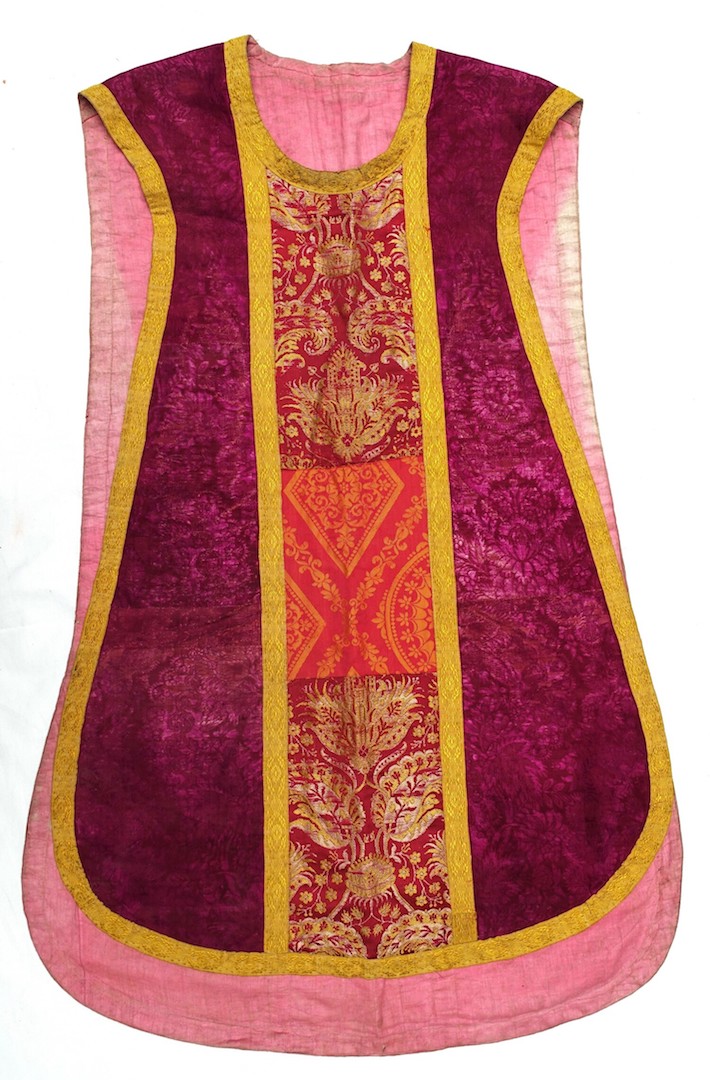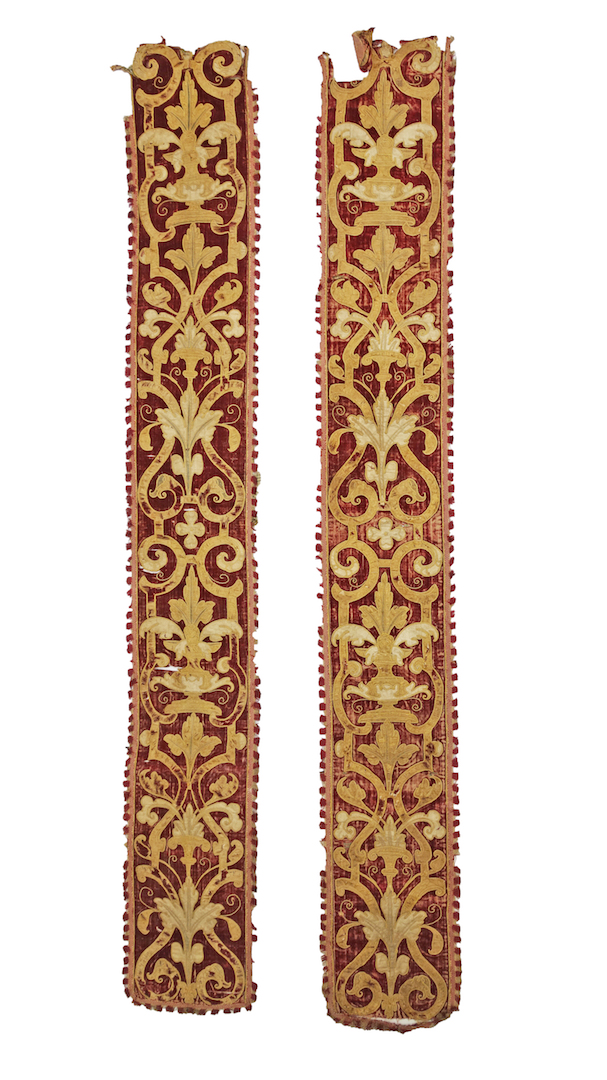There are two main factors that make the TRC Collection a little different from traditional museum collections. Firstly, it is an active collection and people are encouraged to come and look, photograph and use the items, rather than the objects being stored ‘for ever’ in boxes. Secondly, we are not concerned with only collecting 'beautiful' items, we are interested in the story behind them. Something that may look ‘ordinary’ takes on a new dimension when its social, technical and economic context, the story behind the object, is taken into consideration.
To help people understand the diversity of the TRC Collection, the database of the collection is online and freely accessible. Not every item is described in detail nor are there photographs of everything. But every week new and extra details, as well as images were added. By the end of December 2024, almost 50,000 objects were included in the catalogue.
The TRC Collection is based on three specialisations:
A. Regional textile techniques and technology. This section focusses on items such as hand spindles from around the world, (small) looms, such as back strap looms from Peru and Indonesia, and Bedouin horizontal ground looms from Jordan, as well as textiles (woven and non-woven forms), etc., associated with specific groups or countries.

B. Dress and identity worldwide. This specialisation deals with the concept of what people wear and do to their bodies in order to say ‘I am’ or ‘I would like to be’. This focus includes garments, headwear, footwear and accessories (such as jewellery, bags, fans, parasols, etc).
C. The Reference Collection is directly linked to the textiles and techniques section, but is not related to specific countries or cultures. The criteria is based on technique, and spun, woven, non-woven (knitting, lace, felt, etc), as well as printed and embroidered forms. There is also a growing collection of small tools, often with unknown provenance, used for the making and decorating of textiles.
None of these items have to be beautiful or masterpieces for them to be included in the TRC Collection. In fact we prefer to look for what is typical, technically interesting, and/or with a background story/context, rather than being exceptional or elitist. Which is not to say we turn our noses up at a lovely item!
A number of new acquisitions for the TRC in 2024 have been described in separate blogs, such as a collection of Afghan jewellery, late-16th century strapwork, Chinese minority textiles, and Japanese stencils.
The TRC depot
by Alice van Duijnen
In 2024 we received almost 4000 new items, bringing the total number of items close to 50.000. All new items found their way into the depot. After each new item has been described and photographed it enters the depot process. First stage is a period in the freezer, to kill off any insects or mould. Items stay in the freezer for at least a week. After that, they climatize for a few days and are ready for storage. The description and photographs are checked, to make sure all is in good order. Omissions are corrected. Then a box is selected and the item is stored.

Our main collection, Dress and Identity, is stored primarily per country or region. After that a further breakdown in garments vs household vs technical (mostly cloth samples), gender and period. Next to that we have the Textile techniques and technology section, which includes the textile reference collection. The latter is organised per technique (printing, sewing, weaving, embroidery, lace) or materials. Each technique has a further technique-specific breakdown.
Two big collections stood out for me this year. The first one is a collection of Japanese haori jackets and kimonos (compare the 2024 exhibition of these garments; download here). The variety in techniques to embellish these garments and the level of skills required to create these items keeps amazing me.
Surprises such as painted or pattern woven insides of male garments, where the outside is black and stern, or the shibori cloth (tie-dye technique), where every little circle is created by binding off a rice grain, and the hand-braided (kumihimo) cords for fastening garments in many different techniques. Handling all of them was a privilege.

Mint condition is not a prerequisite to investigate and learn from these garments. And a torn seam can be an advantage, since it allows you to study the internal structure without (further) damaging the item. As a weaver, studying the different cloth structures used in these garments from up close with my weavers-lens (thread counting lens) was a joy. For a blog about the 'advantages' of damaged textiles, click here.
Working with the collection items, together with students from different backgrounds, gives me a fresh perspective on textiles, how they are perceived and how people relate to them. Different angles to look and study them and questions you did not think of yourself are a continuing source of inspiration.
See also:










